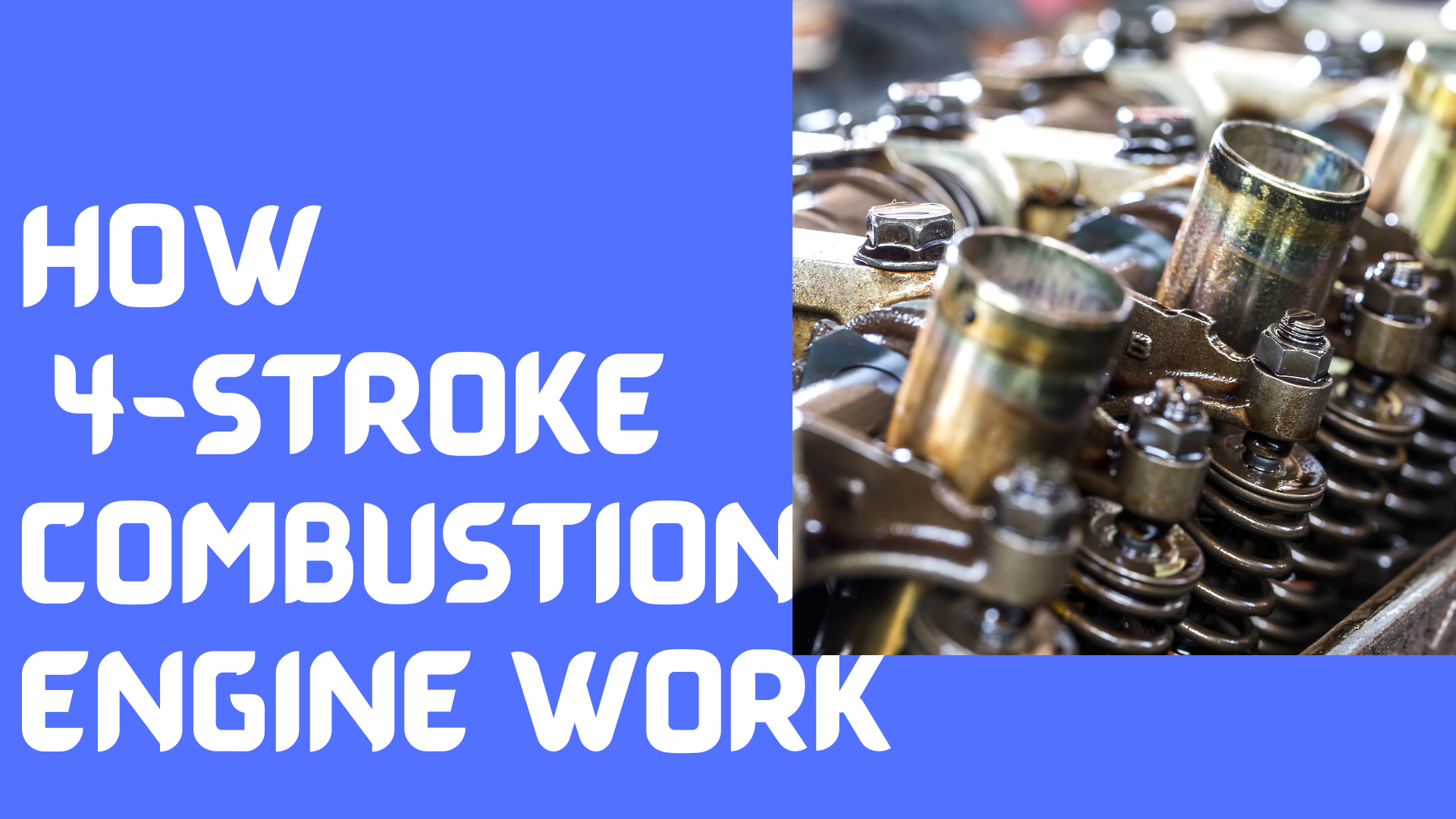How does a 4-stroke combustion engine work in your truck? The 4-stroke engine is a legend in the internal combustion family, and it powers various machines, from motorbikes to trucks. For this type of engine to function, the piston has to make four movements in the cylinder, two up and two downward motions. Knowing how a 4-stroke engine works in your truck is essential, especially for technicians who handle various truck engines regularly. If it is your first time hearing the term four-stroke engine, you might wonder what it is and how it works. This guide will explain what a 4-stroke engine is and how it works.
What is a 4-Stoke Engine?
There are various internal combustion engines, the 4-stroke and 2-stroke engines, and most diesel and gasoline-powered trucks use a 4-stroke engine system.
When a 4-stroke engine is functioning, the pistons make four motions for power to be produced. After completing 4-motions, the cycle is complete, and a fresh one starts.
In terms of power, the 4-stroke engine is the best. They balance power, efficiency, and reliability. The separation of events in the cylinders makes the 4-stroke engine reduce the emissions of unburnt fuel. The separation of oil from fuel helps reduce the emission of carbon monoxide.
How Does A 4-Stroke Combustion Engine Work
How does a 4-stroke combustion engine work in your truck? The power generated by your truck relies on the motion of the pistons. Air, fuel, compression, and spark allow the internal combustion engine to work. It is easy to understand how a 4-stroke engine works, looking at what happens in each of the four steps.
The Intake Stroke
The intake stroke is the first motion in the cylinder. During intake, the exhaust valve closes as the intake valve opens. The piston will move to the lower part of the cylinder. The downward motion creates a vacuum that allows the mixture of air and fuel to get in through the intake valve.
The Compression Stage
The intake and exhaust valves are closed at this stage. The closure of the two valves ensures that the air and fuel mixture do not escape.
The previous downward motion of the piston had allowed the cylinder to be filled with air and fuel. The piston moves upward, compressing the air and fuel between the cylinder head and the piston.
The Power Stroke
In this stage, air and fuel are completely compressed, and the spark plug ignites the compressed mixture. The ignition makes the piston move downward, rotating the crankshaft and propelling your truck.
As the piston moves downward, the intake and exhaust valves are closed.
The Exhaust Stroke
During the exhaust stroke, the air-fuel mixture has been completely burnt—the piston moves to the upper part of the cylinder.
The intake valve remains closed, and the exhaust valve opens to allow the exhaust fumes to move out of the cylinder. After the exhaust stroke, the cylinder is ready for another intake stroke.
Conclusion
A truck’s internal combustion relies on the four motions to generate energy. Each motion made by the pistons rotates the crankshaft, which transmits power to the wheels.

